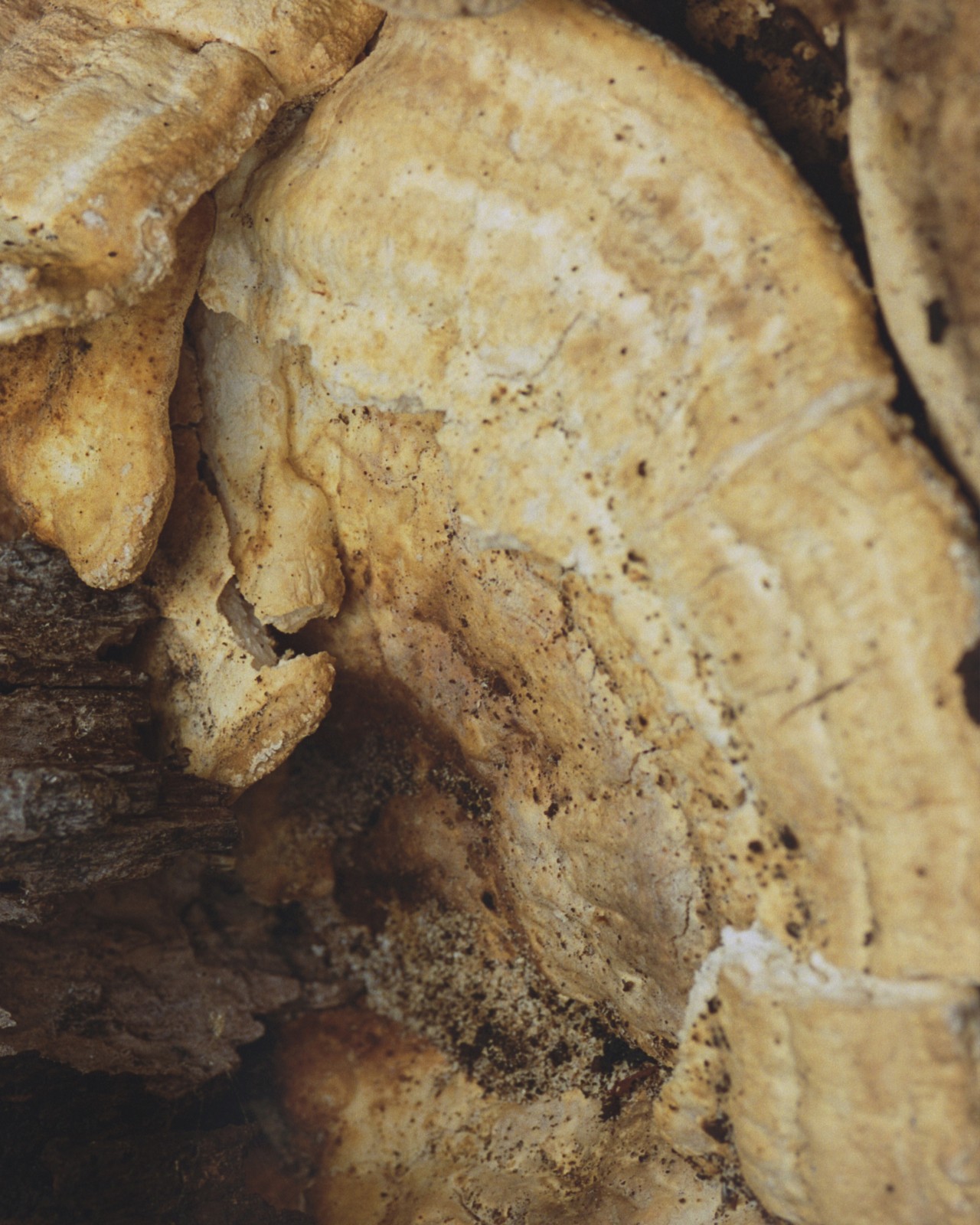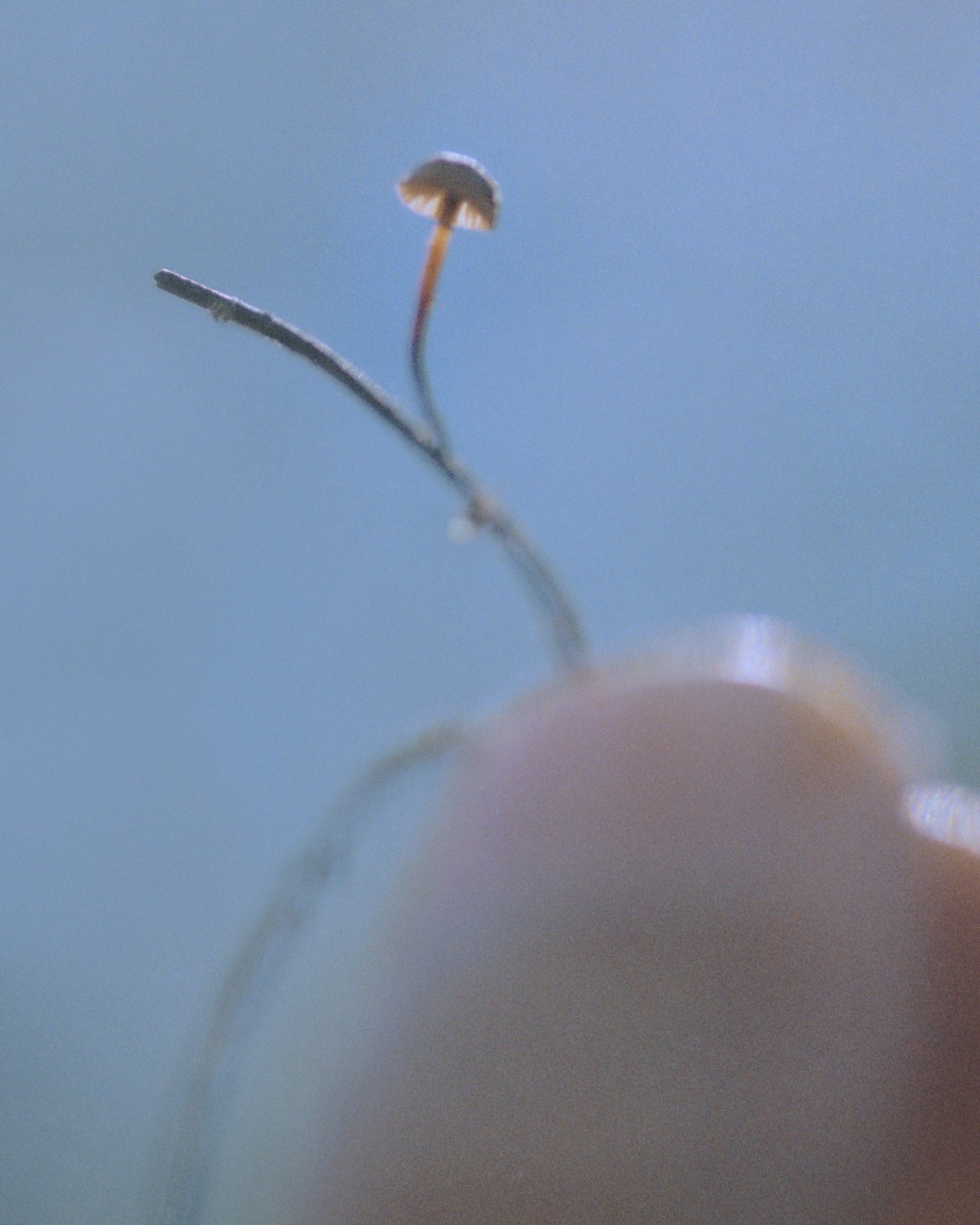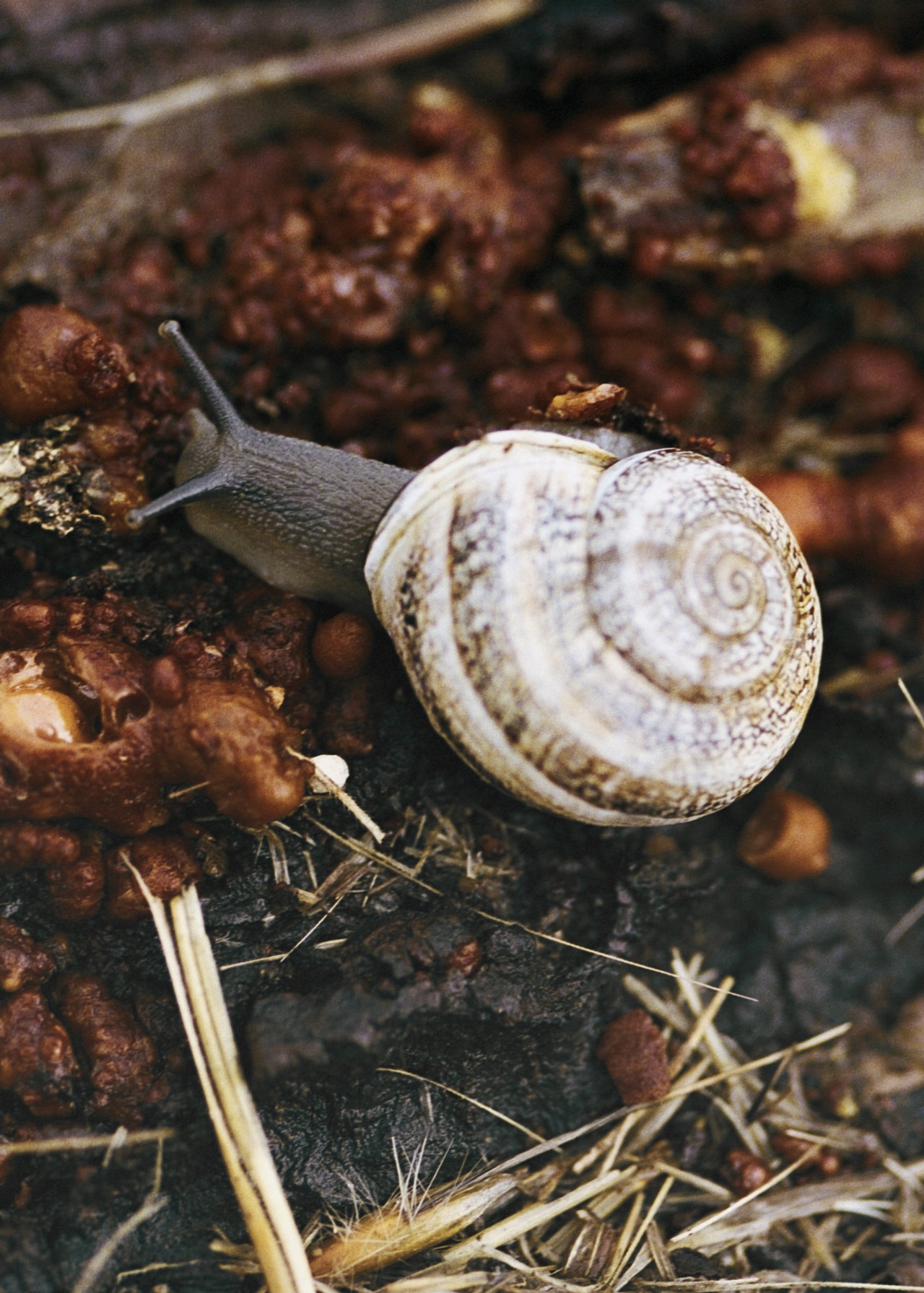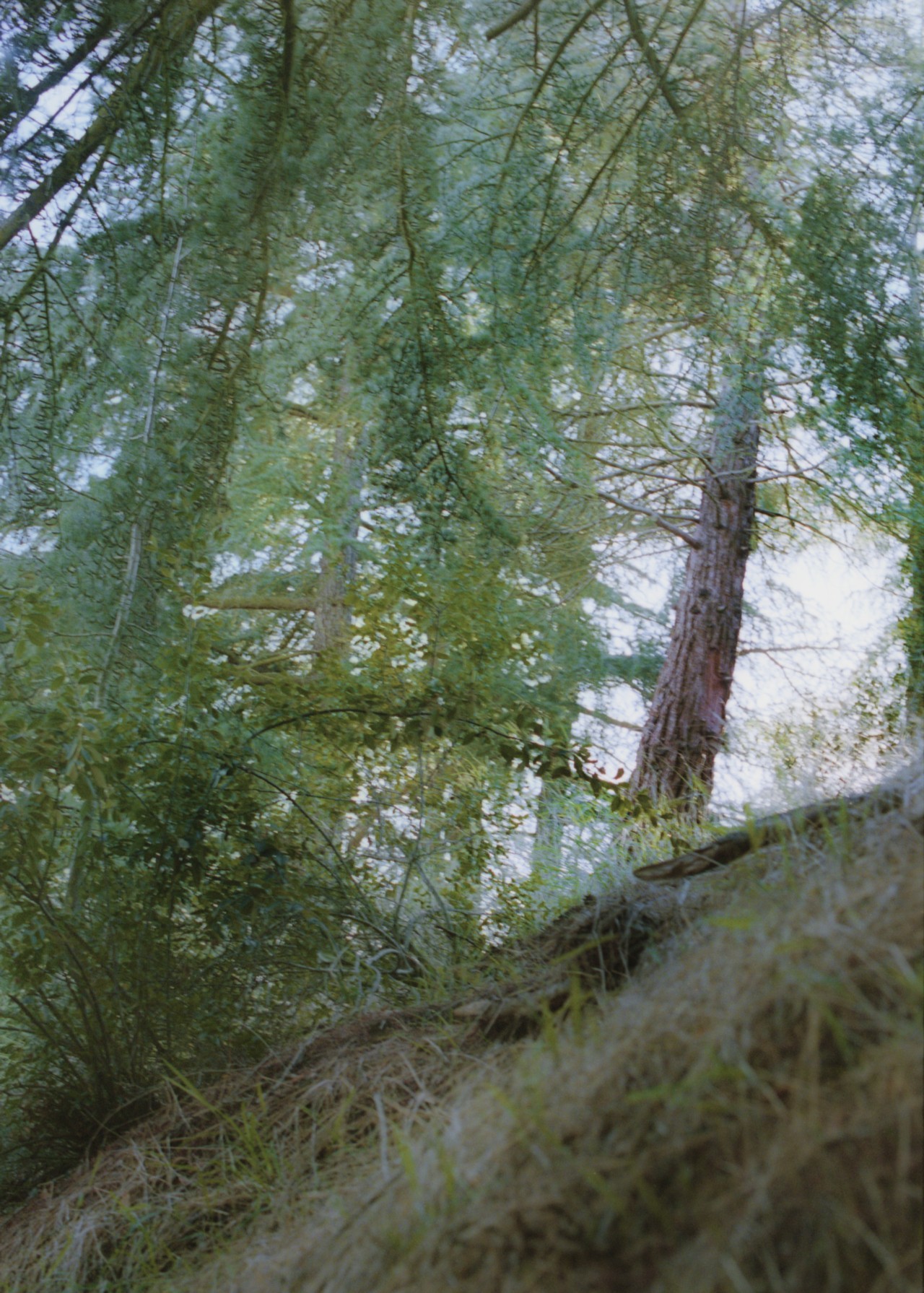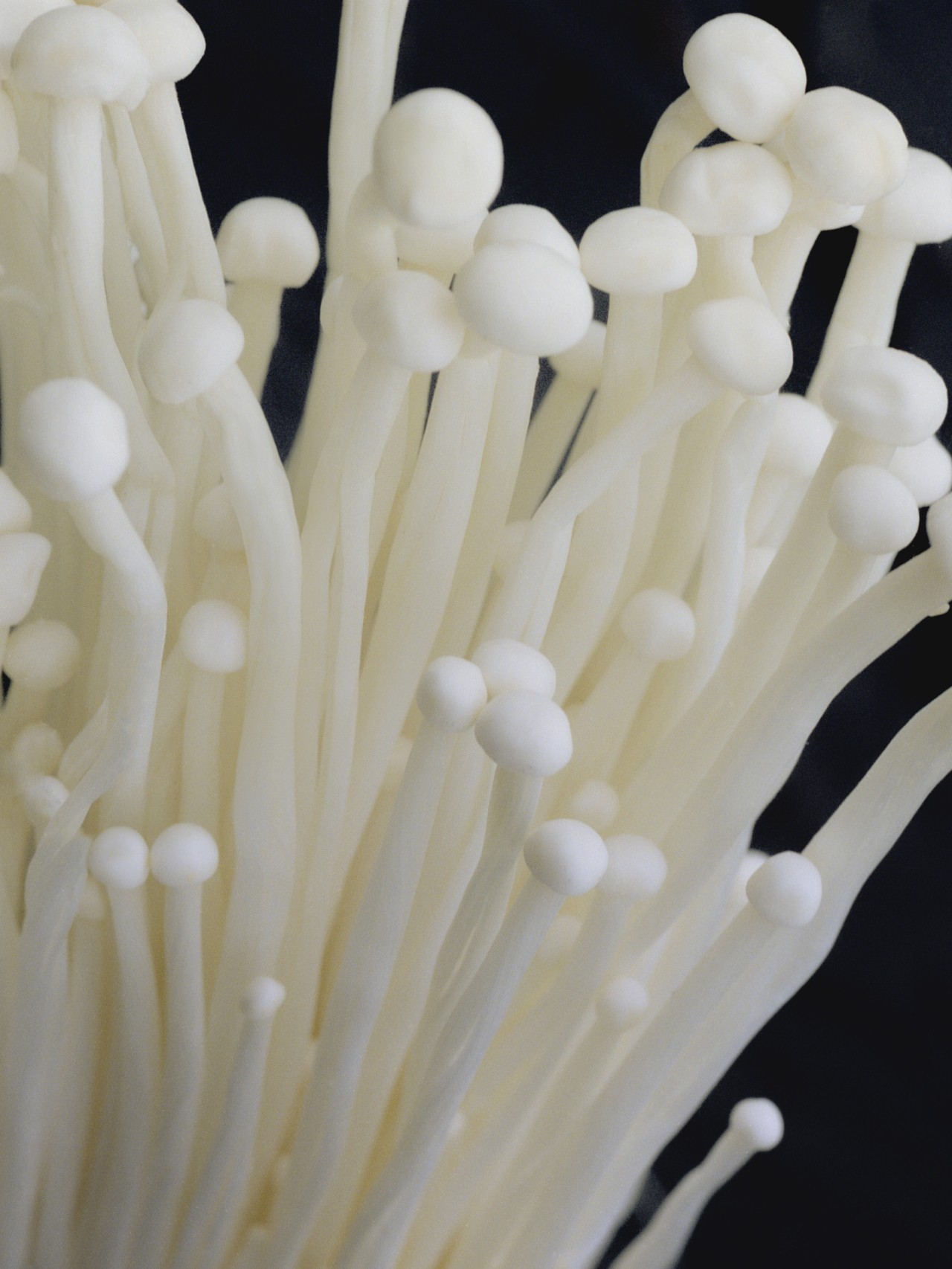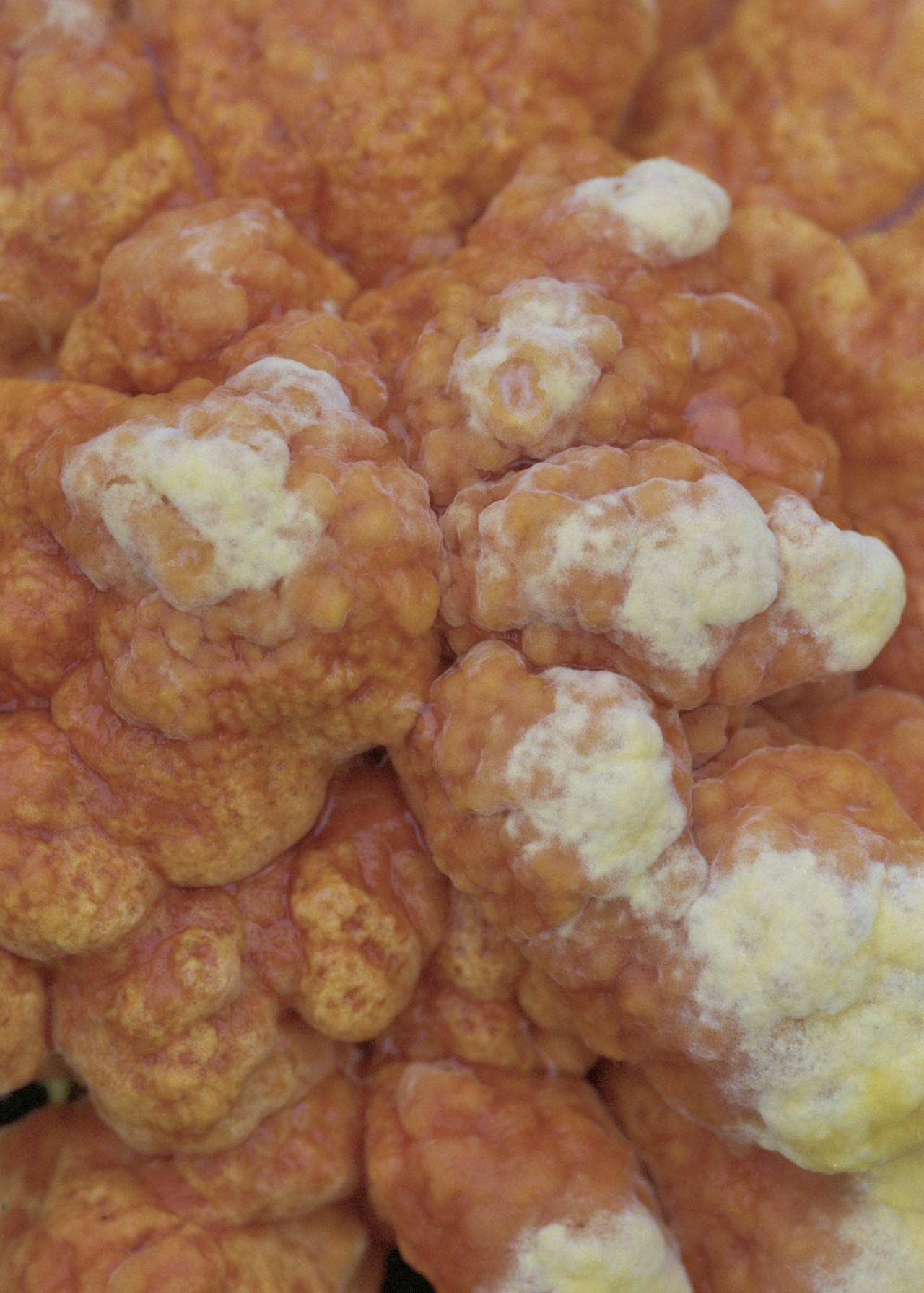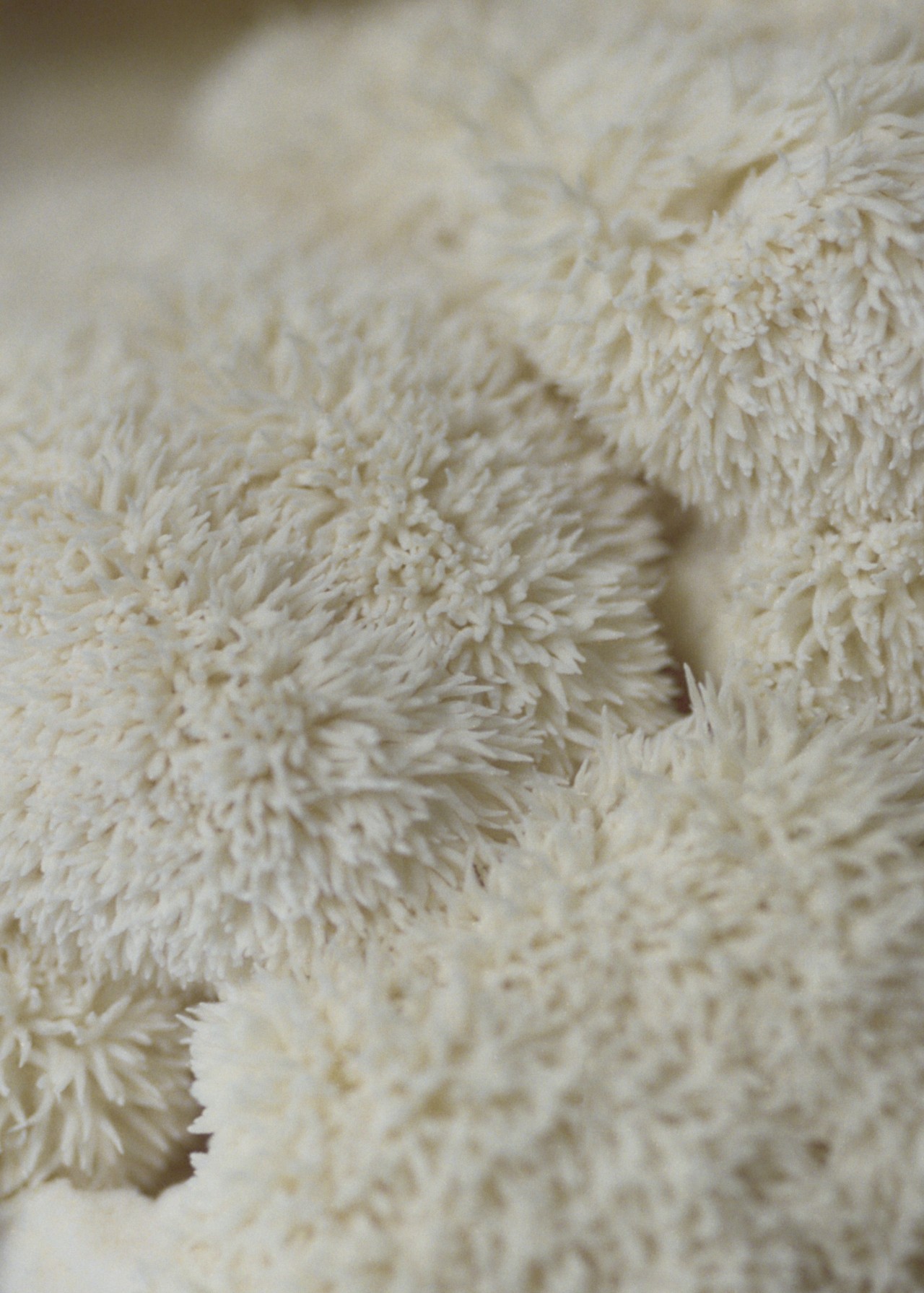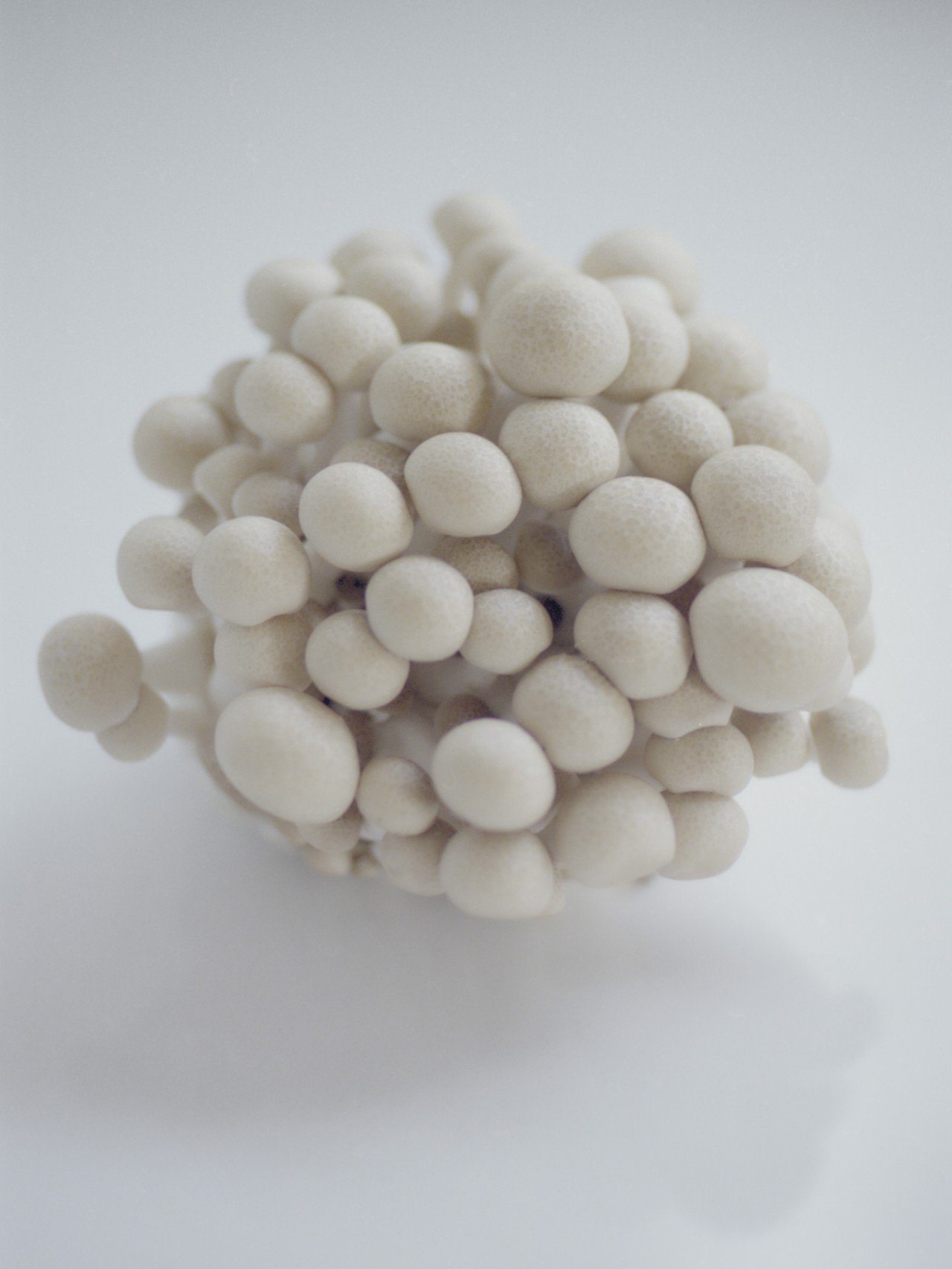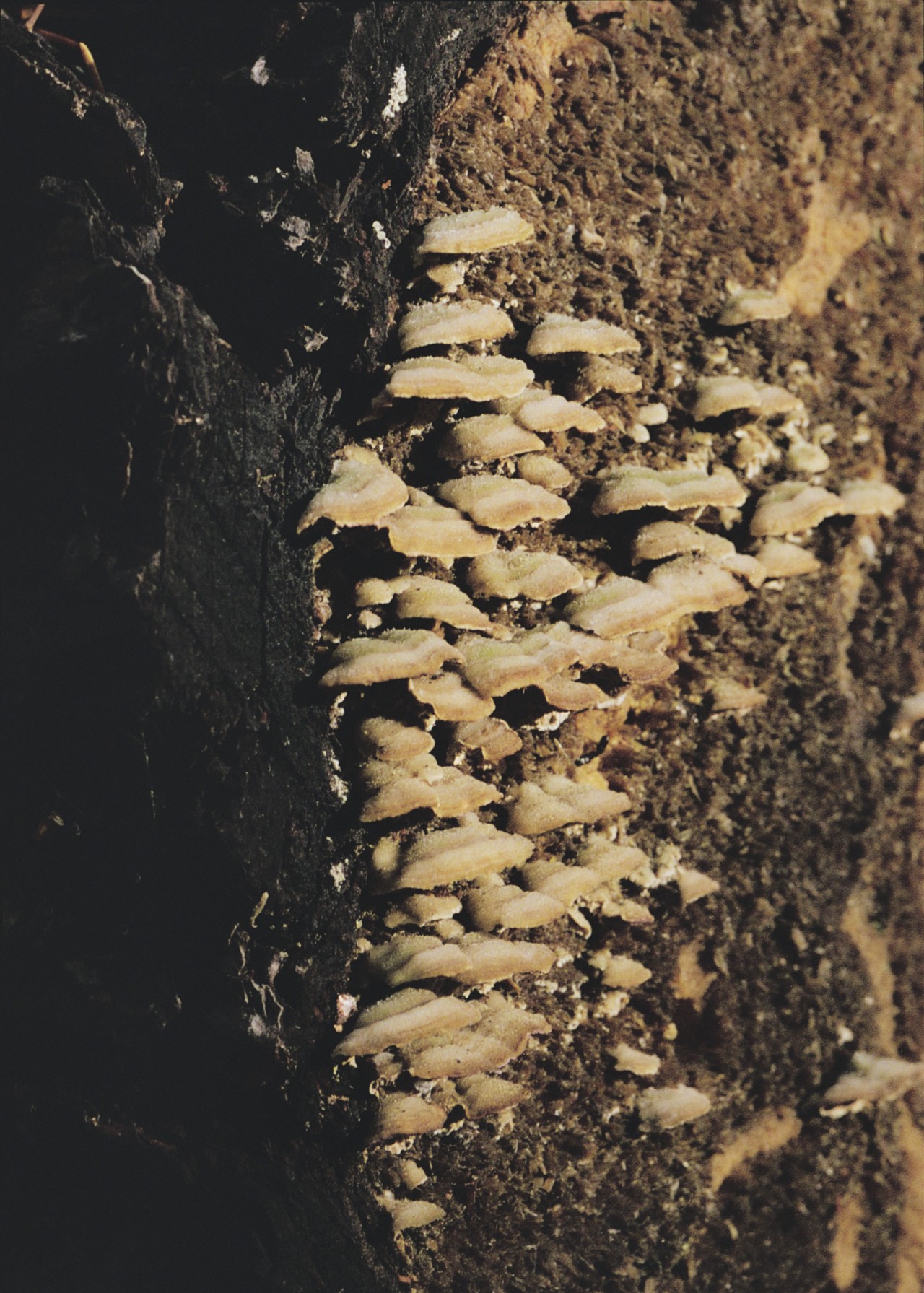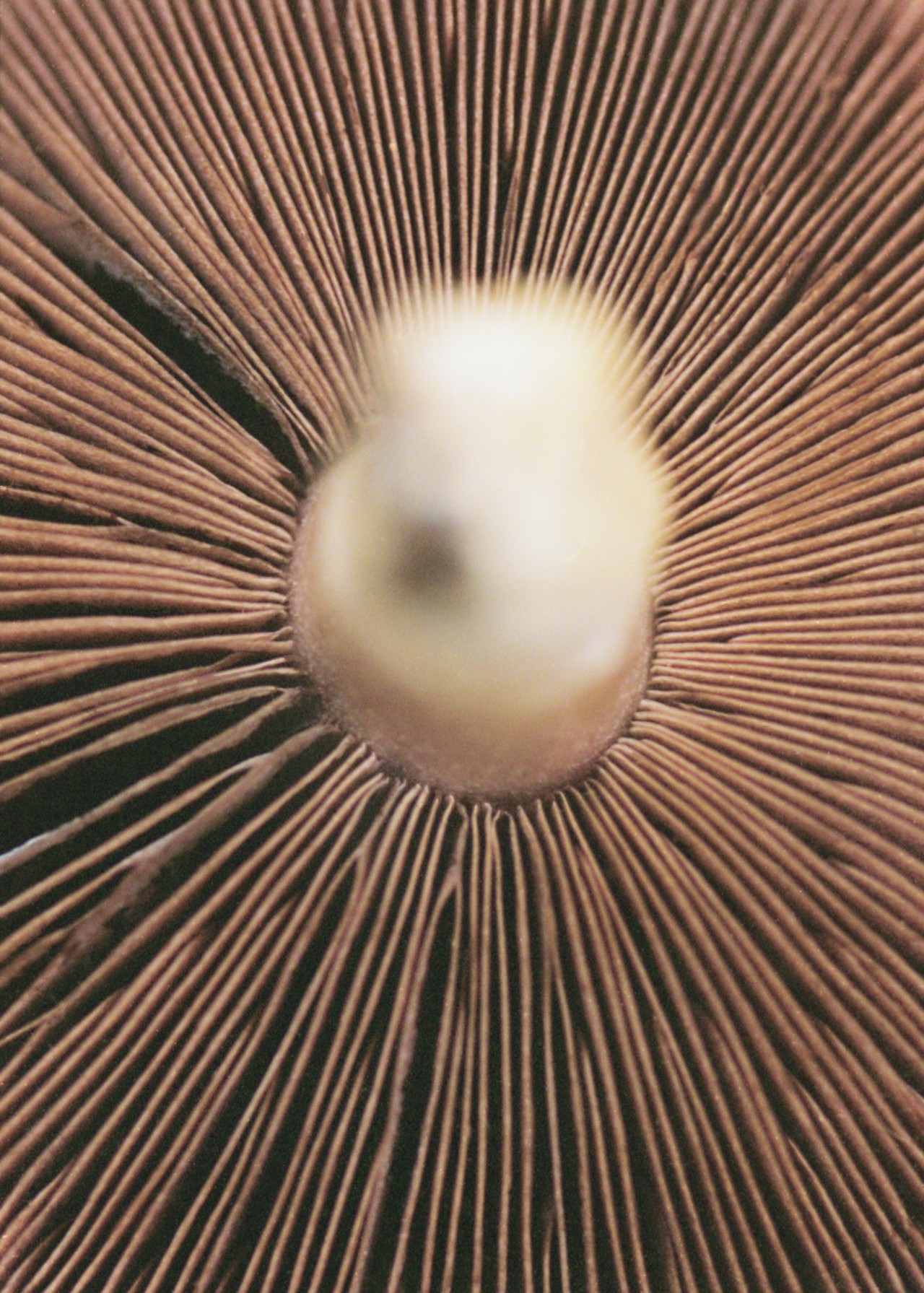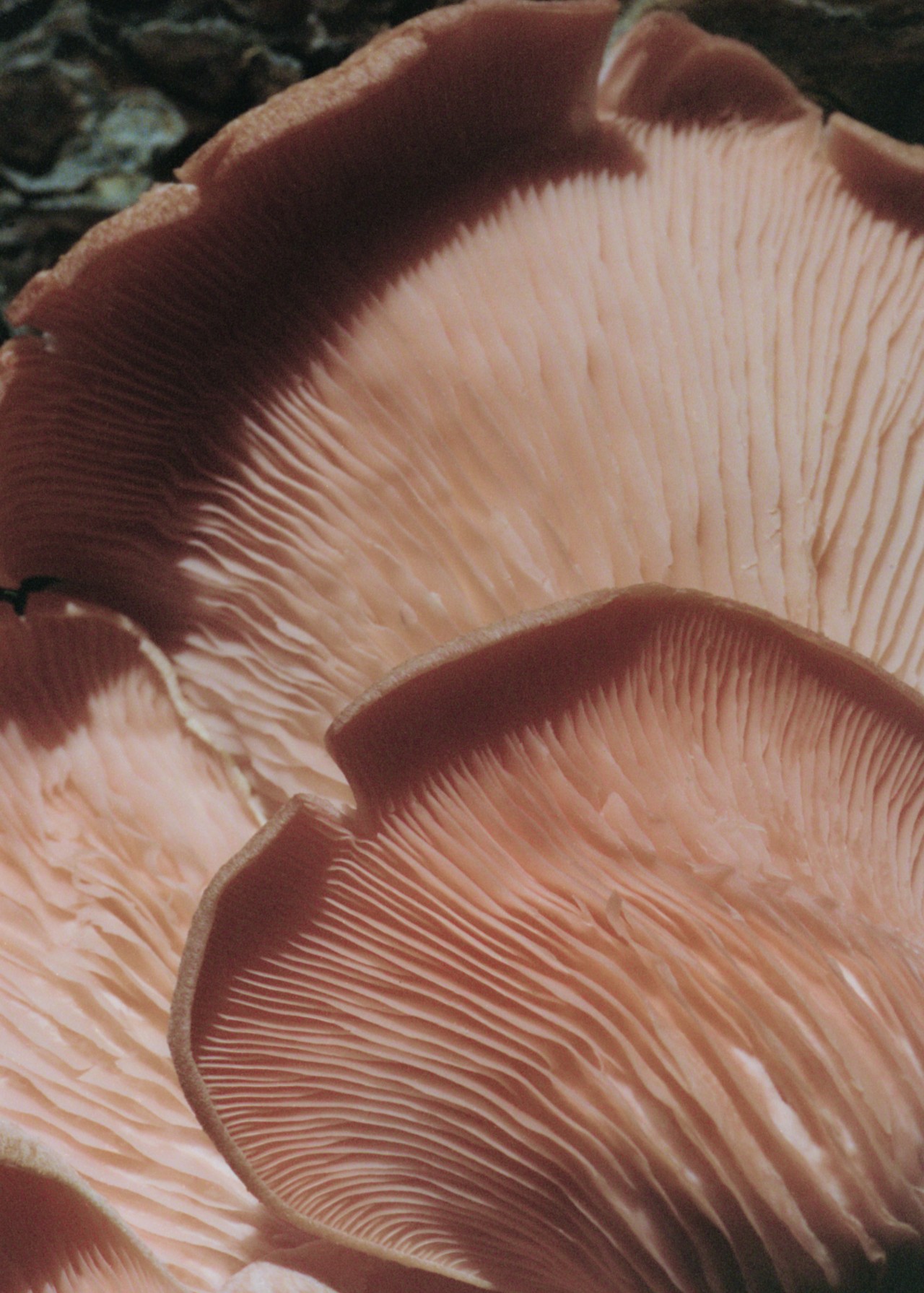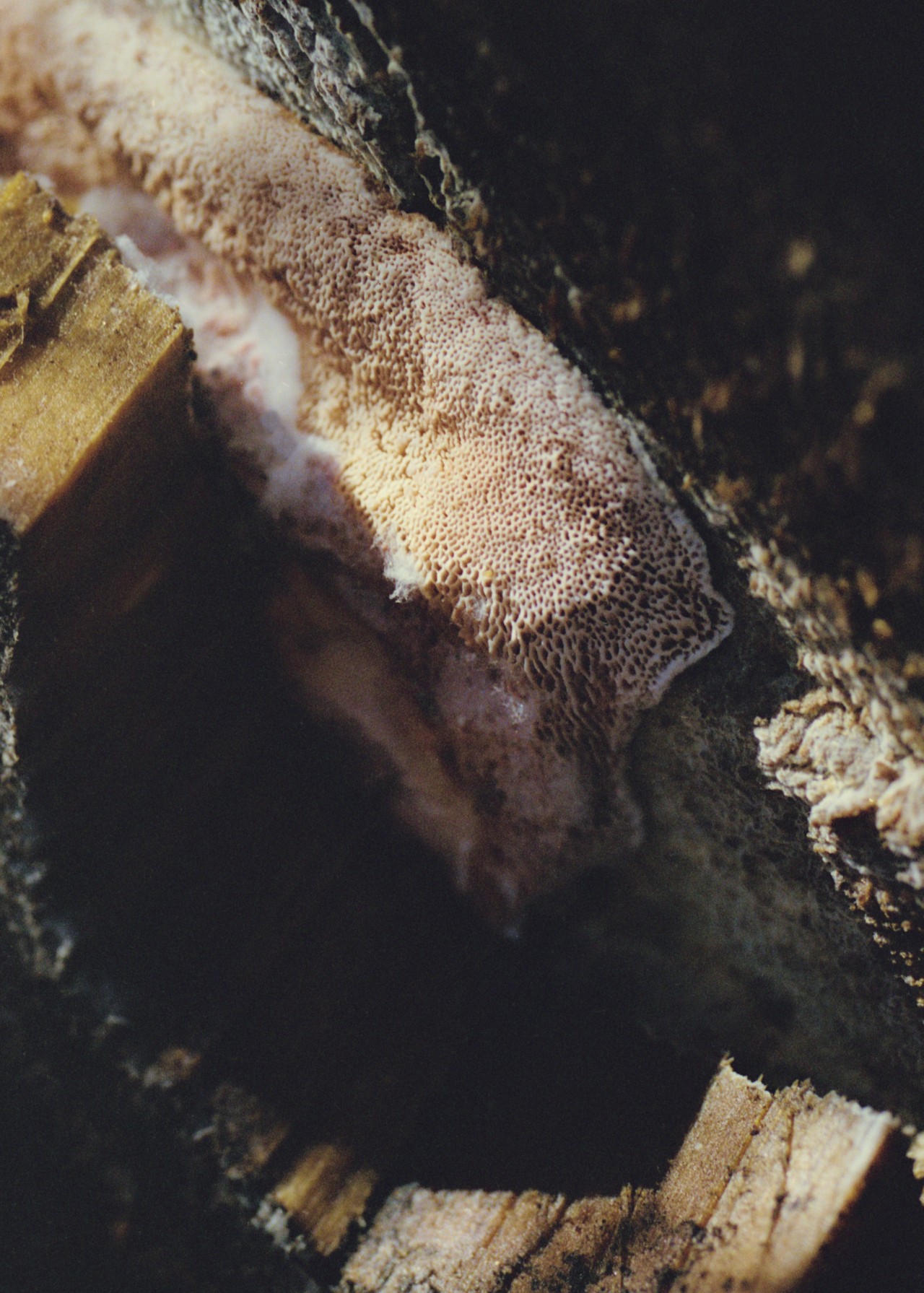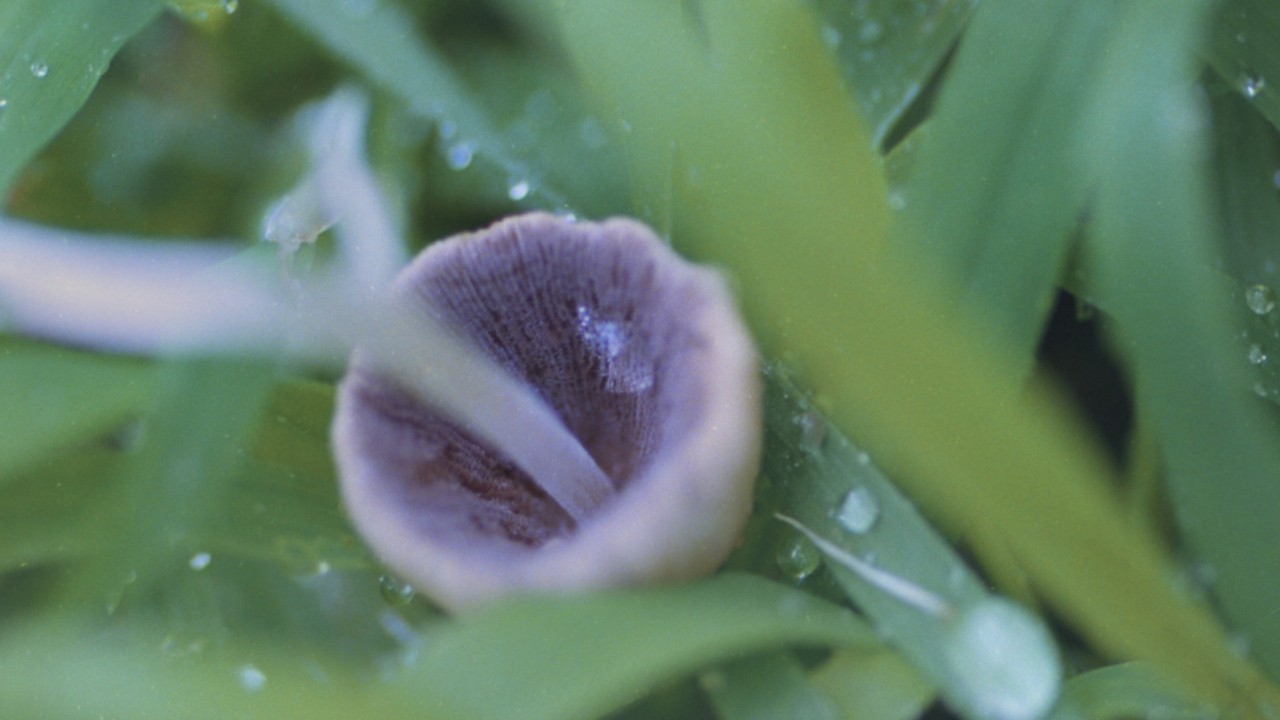
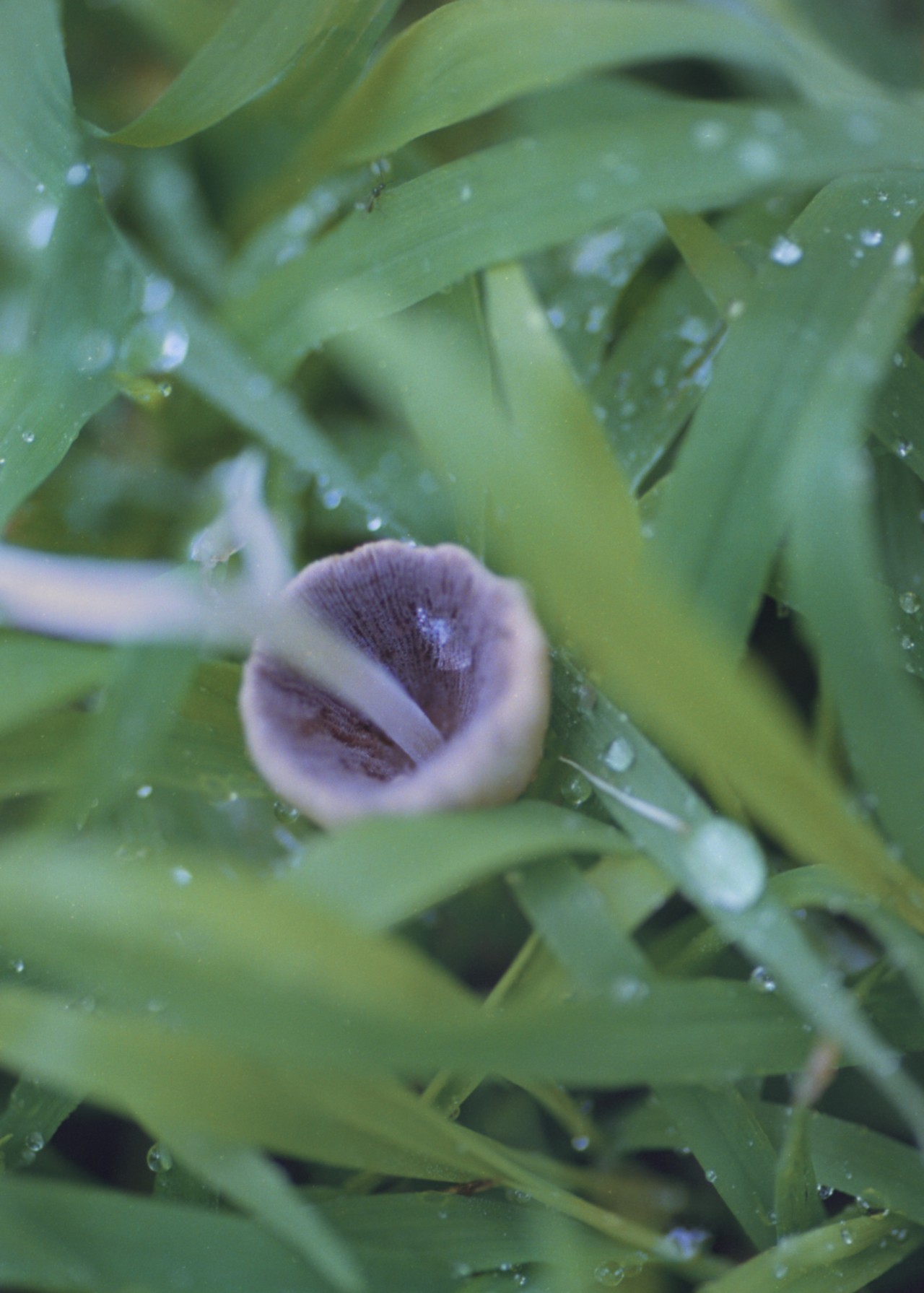
If you ask a birder how they got started down the path to toting binoculars everywhere they go, they’ll often tell you about their “spark bird,” the particular winged creature that first ignited their interest. But for Giuliana Furci, the “spark” that changed her life trajectory wasn’t a bird—it was a fungus. Furci was walking in a forest on Chiloé Island in Chile when she spotted a big orange mushroom growing out of a tree stump. “I wanted to know who she was,” recalled Furci later, “but there were no books on Chilean fungi.”
That encounter in the woods more than two decades ago set Furci on the path to becoming a mycologist, and she has since written field guides on Chilean fungi so that other forest walkers can learn the names of the brackets, toadstools, and crusts they encounter. Despite the significant contributions of Furci and others over the last 25 years, however, humanity’s knowledge of fungi still remains surprisingly limited.
A recent report from the Royal Botanic Gardens, Kew, home to the world’s largest fungarium, estimated that there are 2.5 million species of fungi, more than 90% of which have never been scientifically described. By contrast, there are roughly 450,000 species of plants, and only about 11% of them remain undescribed.


The nascent state of fungal research means new species are being discovered all the time by scientific professionals and amateur enthusiasts alike. But it also means that, against the backdrop of climate change and mass ecosystem destruction currently throttling the planet, many fungi are also going extinct faster than we can name them.
“Even to describe the rest of the fungi will take something like a thousand years,” said Dr. Martyn Ainsworth, a lead mycology researcher at Kew. “But we don’t have a thousand years if we want to save them. They’re just disappearing too fast.”
It was that knowledge that inspired Furci to found the non-profit Fungi Foundation in 2012. In a sea of organizations devoted to saving tigers, whales, or redwoods, the Fungi Foundation stood out as “the first ever fungal conservation nonprofit.”
“Fungi have been explicitly excluded or ignored from conservation frameworks around the world,” Furci said. More than a decade later, she’s made progress in changing that: Her organization helped trigger the inclusion of fungi in environmental legislation in Chile, is advocating for fungi to be included in international policy frameworks, and inspired a range of peer organizations. And she’s being increasingly joined by advocates all over the world fighting to safeguard fungi’s place on planet Earth.
But there’s a long way to go.


Asking a mycologist why fungi are worth protecting is a little like asking a friend why their fiancé is worth inviting to a party: they might jump at the opportunity to enumerate the most delightful and magical qualities of their loved one, or they might be a bit miffed about having to justify their beloved’s presence in the first place.
“You hear conservation stories about things like orangutans on the national news, and nobody starts to ask the question, Why are we conserving this? It’s generally understood by newscasters that we have to conserve orangutans,” said Ainsworth. “There’s no, What use is an orangutan? Can we get any medicines from it? That’s what we as mycologists have to face all the time.”
For those who don’t find the admirable qualities of fungi as self-evident as those of the orangutan, there’s a laundry list of reasons waiting to be discovered. According to Dr. Greg Mueller, a mycologist and chief scientist emeritus at the Chicago Botanic Garden, almost every plant on the planet has an obligate relationship with fungi—meaning they need fungi to thrive—and fungi help create stable soil structure in which plants can grow. Fungi also play a critical role in the carbon sequestration that plants get so much credit for. They’re primary decomposers, which means we rely on them to keep us from being buried in dead matter, and they’re a food source for a wide range of human beings and other animals. Plus, though Ainsworth might resist a reductionist view of the fact, many of the most impactful medicines in the world, including penicillin, are fungi-derived.
“Life as we know it on this planet wouldn’t exist without fungi,” Mueller said. “Almost everything that’s going on with the world, fungi are part of it.”
The reasons fungi are at risk are just as numerous. Dr. Adriana Corrales is a forest ecologist at the Universidad del Rosario in Bogotá who works with a nonprofit called SPUN, or the Society for the Protection of Underground Networks, which is focused on the conservation of mycorrhizal fungi that live in networks beneath the soil surface. According to Corrales, essentially “everything that threatens plants” also poses a risk to fungi. That includes climate change, invasive species, air and fertilizer pollution, overuse of pesticides and fungicides, desertification, habitat fragmentation, and overharvesting, for starters.

“Life as we know it on this planet wouldn’t exist without fungi. Almost everything that’s going on with the world, fungi are part of it.”
Fungi face an additional challenge, too: Humans have been slow to recognize their need for protection. There are dozens of conservation organizations dedicated to the protection of birds in North America alone, for example, but just one devoted to fungi. The IUCN red list, the world’s leading authority on endangered and extinct species, lists only 781 species of fungi, compared to 66,535 plants and 89,856 species of animals—not because fewer fungi are in danger, said Mueller, who chairs the IUCN’s fungal conservation committee, but because for a long time, we just weren’t tracking them.
“Fungal conservation lags behind that of plants and animals by a long shot,” noted Ainsworth.
Some of that may stem from how relatively new the study of fungi as its own category is, according to Gabriela D’Elia, director of the Fungal Diversity Survey (FUNDIS), North America’s lone fungal conservation organization. For much of the history of Western science, fungi were thought to be plants, even though they’re genetically more closely related to squirrels than to tomatoes.
“Fungi were only honored as their own separate kingdom in 1969, which was the same year that humans first walked on the moon,” D’Elia pointed out. In other words, the basic recognition that fungi are not plants is only as old as human space travel.
Education about fungi has been slow to catch up. D’Elia recently looked back at her high school biology textbook and found only one reference to the entire kingdom (or “kindom,” as Furci prefers to say) of fungi in the whole book. And Sapphire McMullan-Fisher, an Australian mycologist, said she regularly encounters environmental science students who graduate university having only heard about fungi in a single lecture about mycorrhizal networks in forests, or in the context of plant pathology.



It’s difficult to get people to spend money on something they hardly know anything about, which means that funding for research about and conservation of fungi is sparse. Fungi often suffer from losing the “popularity contest” of conservation, according to McMullan-Fisher.
“It’s animal exceptionalism. If you’re not a beautiful butterfly, no one’s going to fund you.” That fungi have been associated with decay, disease, and blight in many cultures doesn’t help when they’re competing with pandas and whales for conservation money. “If there are 10 bids [for funding] in the bucket, eight of them probably go to animals, and if we’re lucky, one will go to plants and one will go to fungi,” she added.
The lack of funding means there are far fewer people working to research and describe fungi—McMullan-Fisher said there’s probably one mycologist for every 100 or 200 zoologists. (Meanwhile, “there are more people studying amphibians than there are species of amphibians,” said Mueller.) McMullan-Fisher herself can attest to the difficulty of making a living as a fungi researcher and conservationist, and said it’s hard to recommend her students follow in her footsteps when she still lives “hand-to-mouth” despite being a well-established contributor in the field.
“We’re 200 years behind in information because we’ve had one in 200 doing the work over the years,” McMullan-Fisher said.


Despite the lack of education, funding, and resources, mycophiles have nonetheless managed to knit together a remarkable—one might even say mycelial—network of scientists, advocates, and amateur enthusiasts fighting for the survival of their beloved kindom. That’s why, in spite of the considerable obstacles, Furci asserted that “it’s a good time to be alive in fungal conservation.” Though her initiative to found a nonprofit focused on conserving fungi felt unusual in 2012, “there are now many NGOs working on fungal conservation around the world,” she said. “That makes me very hopeful that there will be on-the-ground change.”
Furci has been at the vanguard of the movement since cofounding the Fungi Foundation over a decade ago. She and the foundation were instrumental in pushing the Chilean government to include fungi in environmental impact assessments, making it the first country in the world to recognize and protect fungi through legislation. (“That is a milestone achievement that we can all just be in awe of,” said Ainsworth, who added that such policy still feels like a far-off dream in the U.K.)
Furci began to look for ways to expand on the success in Chile, only to find that in many parts of the world “fungi were explicitly excluded [from conservation frameworks], because policy normally refers to macroscopic life on Earth as fauna and flora, or plants and animals, alone.” In response, the Fungi Foundation began pushing a campaign to switch the language to “flora, fauna, and funga”—a simple change that could unlock funding for fungal research and conservation by explicitly including fungi in existing conservation efforts. Furci considers the initiative one of the most successful the Foundation has ever undertaken.
Meanwhile, other groups like SPUN are researching and championing mycorrhizal fungi, which associate with the roots of about 90% of all the plant species in the world, including many food crops. According to Dr. César Marín, a climate and biodiversity researcher at Santo Tomas University in Chile who works with SPUN, a recent study led by SPUN founder Dr. Toby Kiers determined that mycorrhizae “can, at least temporarily, store the equivalent of 36% of [annual] carbon dioxide [emissions] worldwide.”
SPUN is working to create global maps of these unique fungi as the first step in preserving them and harnessing their ability to fight climate change, soil degradation, and food insecurity. The organization offers microgrants to local mycologists, around 80% of whom live in the Global South, to collect samples in their own regions in order to build out mycorrhizal maps while avoiding “extractive helicopter science” that brings outside researchers into an area they know little about.

“Even to describe the rest of the fungi will take something like a thousand years. But we don’t have a thousand years if we want to save them. They’re just disappearing too fast.”
“If people in their territories don’t know about these [fungal networks], they cannot protect them. By doing these decentralized expeditions, we’re ensuring that locals get to know more about these belowground communities,” said social anthropologist Dr. Daniela Soto Hernandez, calling in from one such expedition in which she, Corrales, Marín, and other SPUN researchers partnered with an Indigenous-led group of environmental professionals to sample for mycorrhizae in the Atacama Desert in Chile. “They can be the best voices to protect their own territories.”
Other groups are increasingly partnering with amateur enthusiasts to gather more data about fungi in less time. Digital platforms like iNaturalist, which allows anyone with an internet connection to upload photos and geolocation data for any organism they observe, have made it so that citizen scientists are now “collecting more data than all of the institutions put together,” said McMullan-Fisher. “A few fungal academic papers have been written based off of mushroom observations on iNaturalist,” added D’Elia. Capitalizing on the enthusiasm of the citizen scientist community, FUNDIS sponsors “mycoblitzes,” which encourage mycological clubs around the U.S. to catalog and send in interesting fungi for DNA sequencing. Institutions like Kew and the IUCN Red List also rely on data gathered by citizen scientists.
There’s still a long road ahead to get fungi conservation to the point where it’s even keeping pace with animal and plant conservation, which themselves are far from staving off the mass extinction we’re currently living through. But the opportunities to harness fungi’s remarkable powers to fight off climate impacts, heal human ailments, remediate our soils, knit together faltering ecosystems, and more are too vast to be given up on.
And many mycophiles don’t even need to be told that fungi are going to save us to think that fungi are themselves worth saving. Just as mushrooms are merely the ephemeral fruiting bodies of fungi that live largely out of sight, yet spark our interest in the whole organism, today’s mycophiles have come to delight in fungi more broadly based on just the sliver of knowledge humans have right now.
“Some of the most profound experiences I’ve had are looking for mushrooms, and I think they’re some of the most beautiful things on this planet,” said D’Elia. “I’m investing myself in fungal conservation because I want a world where there are still mushrooms.”


Saving the World’s Fungi Might Save Us, Too
